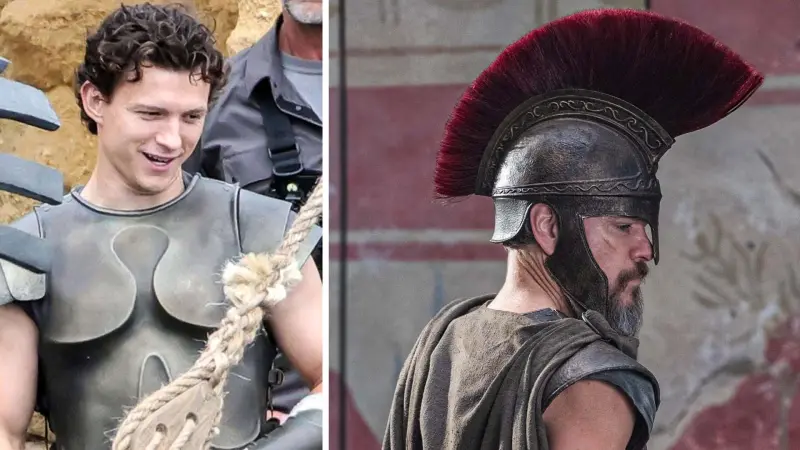Archaeologists are on the verge of making a significant discovery as they progress through the templo mayor's ruinous remains. The Aztec people of Mexico used to worship primarily at this complex, which dates back hundreds of years. Therefore, it should not come as a surprise that they are about to discover something intriguing.
Nonetheless, this development may be particularly significant. In fact, so much so that our perception of this civilization as a whole may be forever altered. A gateway to a lost world was discovered by archaeologists when they investigated an abandoned Aztec temple. The templo mayor was constructed in tenochtitlan, the capital of the Aztec empire. Its ruins can be found in Mexico city today. The location was constructed in honor of two deities. The location where the templo mayor was built was a big part of Aztec mythology, and the building itself was a big part of the belief system of the people. Thusly, any new discoveries which could assist with portraying life in the realm are profoundly critical. Certain parts of the Aztec domain and today functions remained covered in secret.
However, historians have pieced together a general outline over time: the empire flourished from the middle of the 14th century to the 16th, encompassing the northernmost portion of mesoamerica. Antiquarians believe the Aztec domain to be the last significant human progress of mesoamerica. It was a society that thrived through military action while also being built on efficient agricultural and trading practices. As technology soldiers prevailed over those of states nearby, the inhabitants of these other locations were brought into the Aztec domain. The civilization can be traced back to the beginning of the 12th century, when a number of city states were scattered throughout the region that is now known as mexico and fought for power and territory. By the beginning of the 15th century, a number of modestly sized empires had emerged. Among the most powerful of these empires were texcoco and the captured salco, who warned against each other in 1428 and emerged victorious, in part thanks to the assistance of a number of other cities.
Tenants Chitlin, which was the capital of the Mexican people, was one of these. A new political coalition was formed after the war between texcoco and cabot salco ended. As a result, the texcoco tenants chitlin and plato pan, a different city state, joined together as a single entity. This purported triple partnership before long extended with occupants chitlin turning out to be especially critical. Tenants eventually became the new aztec empire's capital over time. Chitlin eventually developed into a large city, once regarded as the largest in the americas prior to European colonization, beginning in the sixteenth century. There were at least 200,000 people living in Chitlin. This populace then was parted into a wide range of classes, that the decision end were both of them the heads of tenochtitlan. The Papelbon, the Messiah, Walton, the Madman, and the Lakota were below them. We can think of these groups as having had abilities: the common people, the peasants, and slaves. Although the poor classes are thought to have had some opportunity for social mobility, the Aztec class system was generally quite rigid.






